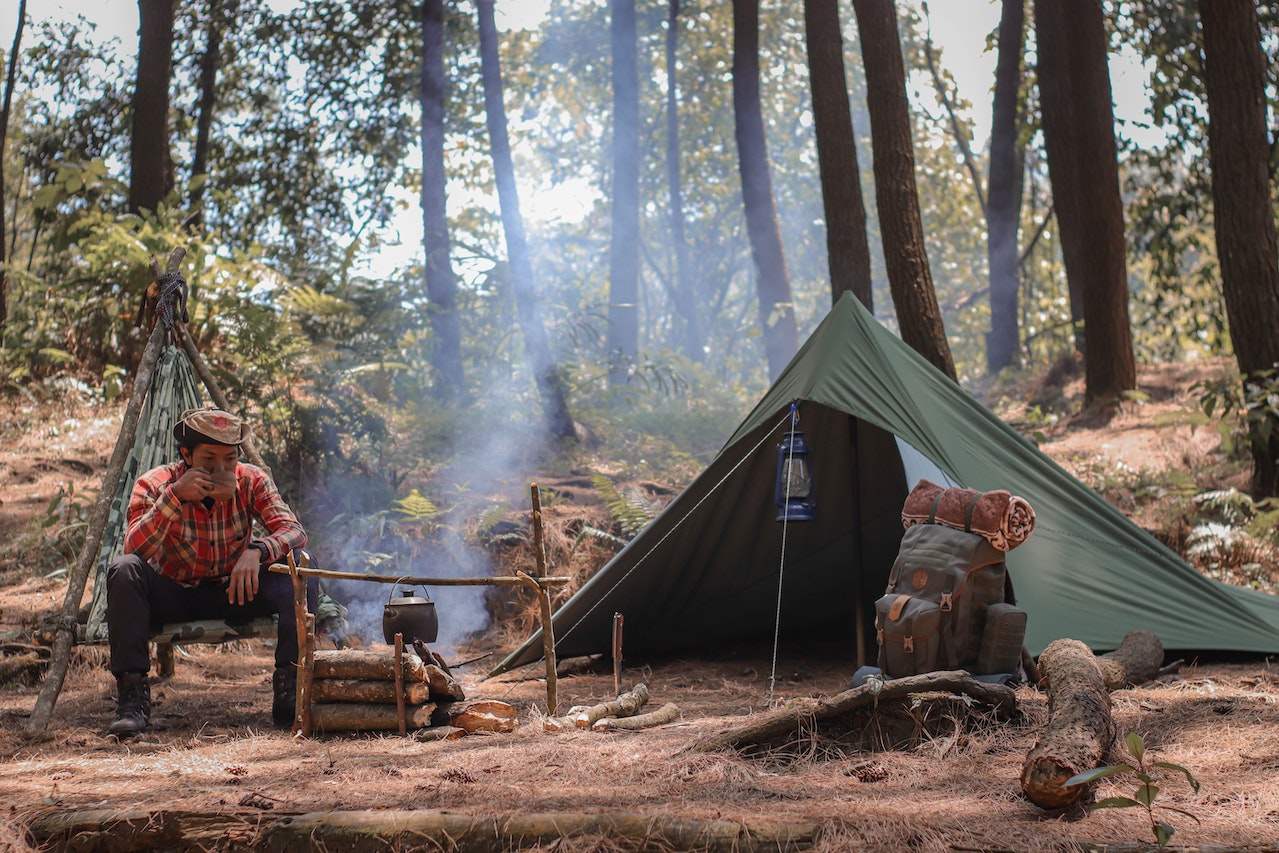The Native Indians
Native American tribes occupied much of the land that the Lewis and Clark expedition moved through, and around 50 tribes were encountered during the journey. Tribes discovered included the Shoshone, Mandan, Minitari, Blackfeet, Chinook, and the Sioux people. Most encounters were peaceful and friendly because Lewis and Clark had built up a reputation for developing a protocol when making their first contact. However, they were assisted during the expedition by a native American woman named Sacagawea, who met the party in Mandan.
Sacagawea’s knowledge meant that Lewis and Clark were aware they would be in contact with Shoshone tribes heading west. Sacagawea was used as an interpreter and a peacemaker. Weapons were traded between the party, and Shoshone tribes were also aided by Sacagawea. The help of the tribes was also important during the long winter and while navigating through difficult areas.
Lewis and Clark usually bartered goods and gave Jefferson Indian Peace Medal to the tribes before being welcomed. They also offered military protection in exchange for peace. Some Indians trusted the white men while others were more hostile, like the Teton Sioux, who tried to prevent the expedition from leaving. The military soon helped disperse the conflict with superior firepower.

